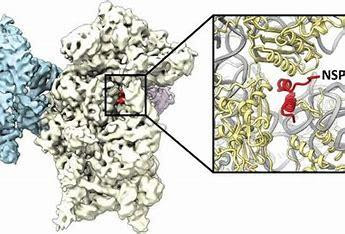
Source: kyoto university
Ever since COVID-19 hit the world population, everyone has been keen to know how this virus works? It is known that SARS-COV-2 infects respiratory epithelial cells and then crosses the walls of blood vessels to spread to other organs. However, this mechanism was unknown. Working relentlessly in this direction at Osaka University, Japan, a research group led by Kazao Takayama and Yoshiaki Ogada has recently revealed that SARS-COV-2 disrupts the vascular endothelial barrier by suppressing the expression of Claudin-5(CLDN-5) to invade the blood vessels.
The research team created an airway-on-a-chip which mimics respiratory organs consisting of airway epithelial cells and vascular epithelial cells and used this device to find out that SARS-COV-2 disrupts the vascular endothelial barrier by suppressing the expression of CLDN5 (Claudin 5,a protein involved in the adhesive junctions between vascular endothelial cells) and resultantly weakening the vascular endothelial cadherin-mediated junctions. It was also confirmed that CLDN5 gena and protein expression levels were decreased in the lungs of a patient with COVID-19. The team also demonstrated that increasing CLDN5 expression in vascular endothelial cells by gene transfer or small molecule drugs like Fluvastatin suppressed SARS-COV-2 induced vascular endothelial barrier disruption.
The ability of this organ-on-a-chip technology to reproduce the respiratory pathology of COVID-19 makes it a promising tool for elucidating the pathogenesis of severe respiratory tract infections including COVID-19 and developing therapeutic drugs in the future. The study is published in Science Advances.

